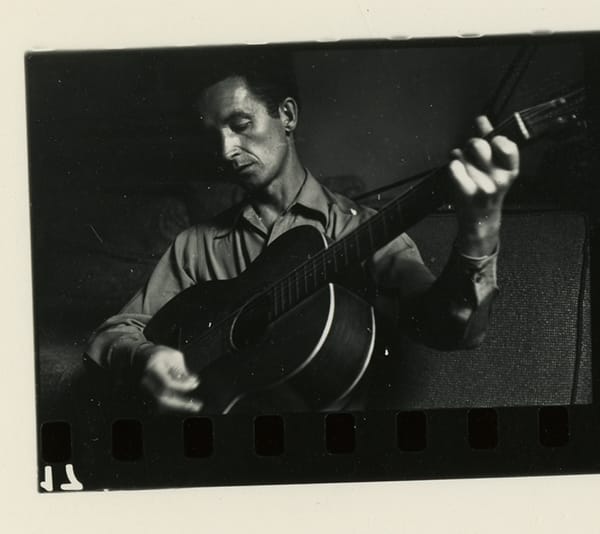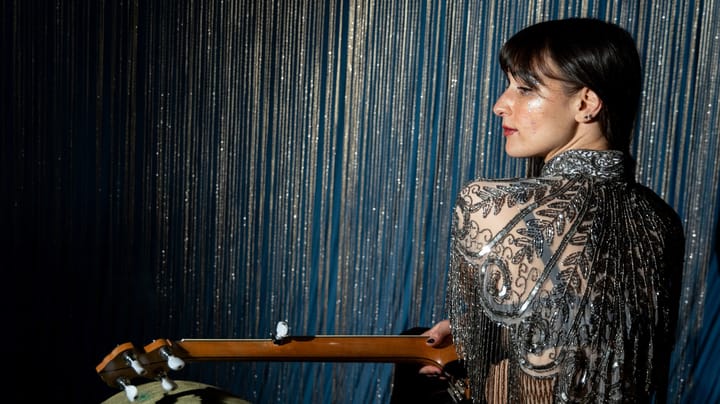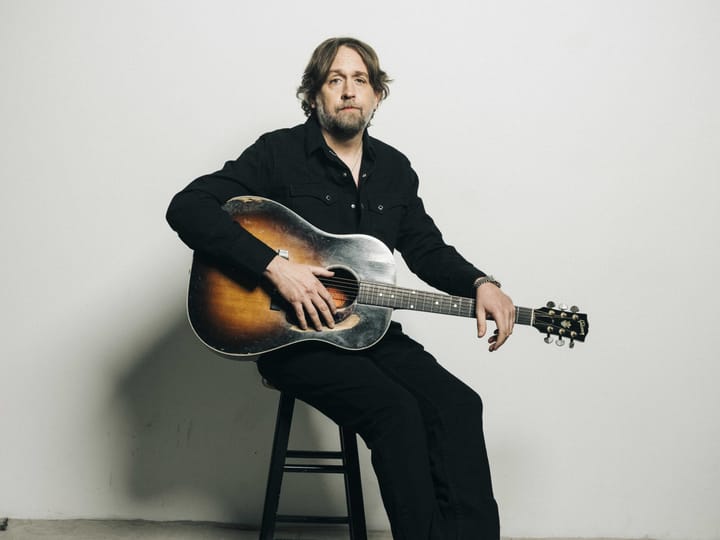More thoughts on Time as experienced while readingBOB DYLAN BY GREIL MARCUSandA FREEWHEELIN’ TIME by Suze Rotolo
In 1975, I turned fifteen and I fell in love with Blood on the Tracks. At that age, no way could I understand the sorrow of a failed marriage, but “Life is sad, life is a bust, all you can do is do what you must” appealed regardless, and I had already begun to hunger for the experience and romance implied by Dylan’s pain. I listened to “Idiot Wind” and understood that the anger, bitterness, power and magic of the song only existed because Dylan had a great love to mourn. I knew nothing about Bob’s personal life, but I fiercely desired such a love for myself, with all its attendant spirits, light and dark. In my Minnesota basement, as I dreamed, I had no idea how quickly these already flew toward me.
Music fans of several generations love Dylan. Point of view, however, differs profoundly depending on the facts of your own life, and what time you walked into the room. Greil Marcus heard Dylan singing live when I was still a small child. In the introduction to his book, he reveals himself, eighteen years old, at a 1963 Joan Baez show, where “a scruffy-looking guy” came out to join Baez on a few songs. Marcus was “transfixed.” After that initial blast of wonder, he listened to the mid-sixties masterpieces in real time, and he began writing about Dylan at the end of the decade. Marcus eventually authored books and articles about the mysteries of The Basement Tapes, the “shit” of Self-Portrait, and even Dylan’s Modern Times. Some of those pieces are collected in BD by GM. But all the while, he tells us, “that heroic period hangs over what I wrote.” Clearly true — in 2005, Marcus penned an entire illuminating book about “Like a Rolling Stone.”
In contrast, I admire the genius of Bringing it all Back Home through Blonde on Blonde tremendously, but that “heroic period” hangs over nothing I write about Dylan. I didn’t even hear Highway 61 Revisited (except the famous radio single) until my late teens. And while Marcus was listening to Bob opening for Joan Baez, I was only three, still pulling on Mom’s skirt in our kitchen in St. Paul, near the stockyards of the Midway. We lived just over the river and up I-94 from Dinkytown, where a boy from Hibbing had squatted a couple years earlier. Just before my first birthday, Bob had abandoned the neighborhood for Greenwich Village. It would be a long time before I found myself within screaming distance of the singer again, and I had to travel a couple thousand miles away from our home state to make it happen.
When it did, in 1978, I was eighteen — just like Greil Marcus had been in ’63. Dylan was finally close again, only a short stroll away, but such a journey was a practical impossibility, given that 200,000 people lounged between us, at the Blackbushe aerodrome, in Surrey, U.K. Another 150,000 rested beside and behind me on the parched dirt. Dylan, at thirty-seven, was no longer a “scruffy-looking guy,” but instead a dapper gentleman, in a top hat borrowed (legend has it) from the doorman of his London hotel. With a large band, Bob ran through a long set of radically transformed classics (from the “folkie,” “heroic,” and “Rolling Thunder” periods), but he featured several of the songs from the new record, Street-Legal. The assembled crowd, and the press, received him with ecstasy. Makes me wish I still had my copy of Melody Maker.
I do not intend to ignite yet another discussion of that record (see my last post). Only to say that, without a doubt, a single majestic and somewhat frightening summer evening in 1978 has hung over everything I have written or thought or dreamed about Bob Dylan since. And by extension, in the marvelous way that Dylan has held a mirror up to my life, over nearly everything I’ve experienced in the last 32 years.
So, it matters when and where you walked into the room. Or the auditorium or the field or the basement where you first spun the record or the bedroom where you piped the download through your ear-buds.
Suze Rotolo died last week. In the days since I heard the news, I’ve thought a lot about her, and looked at from a certain angle, it’s hard to understand why. After all, wasn’t she just a girlfriend of the artist? By the time I started paying attention, she was long gone, married to an Italian guy and rigorously avoiding those who saw her as only a “Dylan artifact.” She spent a few decades shying away from that role and maintaining privacy. Her later adult life had not much to do Dylan, although it has been said that they kept in touch. She lived most of her days as an independent, creative artist, within her own family and with a personal circle of friends. Dylan was only a piece of her life and she was only a piece of his. But that is exactly why she is important, even vital, to any overall picture of Bob.
I was thinking about her, of course, because of her untimely death, and because of her early relationship with the young singer. In the past decade she had at last cracked open the treasure chest of that time. After Bob wrote about her warmly in Chronicles, she was interviewed for Scorsese’s No Direction Home, and in 2008 she published her own book about the era, with an alternate take of the famous Freewheelin’ photo on the cover. Even before that publication, I saw her speak at The Experience Music Project in Seattle, on a panel with early compatriots Bruce Langhorne (Mr. Tambourine Man) and Izzy Young (the Folklore Center). Ironically, the occasion was the opening of an exhibit of Dylan memorabilia and artifacts. And yet, in a wondrous twist, by revealing her full humanity to the Dylan community, on that day and later in her book, she fully transcended the preconception of being just a curious object in the life of Bob.
So, the important thing about Suze Rotolo is that she was a full person in her own right. Consequently, the important thing about Suze Rotolo in the life and art of Bob Dylan is exactly the same thing. She was seventeen and Bob was twenty. They met at about the same age as many of us when we first encountered Dylan. But the difference between her and just about anyone else in the universe, even those who have known Dylan personally, is this: She was the only one who loved Bob when he was merely a North Country boy with a guitar and a gift. She was the only one, outside of Dylan’s birth family, who was close to him yet possessed complete autonomy from him — from the legend and artistry to come. Nothing she said or did had anything to do with his myth or his masks, but only with his life as a man, albeit a brilliant one. In fact, she left him to preserve that autonomy.
Consider it from Dylan’s point of view, if such a thing is possible. She was the only one who would ever know him in a completely authentic way. Not that he made it easy. He lied to her and cheated on her and she had no idea he was born Zimmerman until his draft card fell out of his wallet. So maybe she had to cajole some facts from him but she surely knew his heart, in a way no one else would the opportunity to experience, unadulterated by fame, money or media legend.
Suze Rotolo walked into the room before there was a table or chairs or a single picture on the wall. She helped decorate the space — two artists, each with a free mind. She and Bob have both written about the cultural influences she exposed him to, from Brecht to the organized left. But I am thinking about a force less visible. Suze gave Bob Dylan a pure love, and the heartbreak of a pure love, before he became, in the public eye, more than human, before he was anointed, before his own creativity and wild mercury blew away, like an idiot wind, all hope for anything like it to ever happen again.
We know some, but not too much, about Dylan’s personal life, except through the songs, and it’s good that way. “Idiot Wind” was supposedly written with Sara in mind, not Suze. Many folks theorize about which songs pertain to which girl. In general, I don’t really care, because it’s what the song has to do with me that seems important, but there’s no doubt that “the could-be dream-lover of my lifetime” was Suze Rotolo alone. In A Freewheelin’ Time, Rotolo describes the end of the line for the couple, a terrible moment in which each waved a hand and gave the other leave, an awful nexus when each understood that the necessary life of the other prohibited their union.
Greil Marcus writes about Bob Dylan and considers his “heroic period” of the mid-sixties a reference point for all the rest. I think of Bob Dylan and I am swept up in the majestic, desperate and religious period of Street-Legal through Slow Train Coming. Although I appreciate all the other eras, with a particular fondness for the last twenty years, I can’t help but see and hear everything through the lens of 1978.
But I wonder, how about Dylan himself? How does it feel? How does it feel?Bob Dylan’s days with Suze Rotolo, in the early 1960’s, when both were young and complete unknowns, surely hangs over everything he has written since.
1978, in the lyrics of Bob Dylan, was a year when romantic love no longer existed, except to cast a long black shadow. He released Street-Legal, an LP that is assaulted by dissolution and despair, a record that is assailed by love and hate, an album that longs for salvation. I came of age in that unsettled sky. Now I’ve written a book that begins in the same twilight, when the sixties were only a faded glow. The opening chapters tell of a romance trapped in time, with no future. In that affair, the necessary life of the other made the present love untenable forever. I soon understood “Idiot Wind” for real. I didn’t understand “Where Are You Tonight? (Journey through Dark Heat),” but it fascinated and scared the hell out of me. Something dark was coming. I longed for salvation.
My book is called The Golden Bird and it’s not much about Dylan really, but he makes a few appearances. He keeps holding up that mirror. The story is about my younger life, and my experiences with magic, sex, God and love. If, like me, you walked into the room when Dylan was preoccupied by such things, and you could relate, maybe you will want to read it.
Love and peace to Suze Rotolo, on her way. . .
This essay was originally published, in slightly different form, on Notes from the Idiot Child, my blog about books, so far mostly books about Dylan. In the future I will cross-post all music related articles here, but to see my past pieces, go to: http://notesfromtheidiotchild.blogspot.com/
Read next

Another Side of Woody Guthrie: Recently Discovered Collection Captures the Sounds of ‘Woody At Home’
Woody Guthrie was named after progressive president Woodrow Wilson, who advanced policies on government regulation and social welfare. He was also born on Bastille Day, a turning point of the French Revolution that ended the monarchy. These were two auspicious signs for a folksinger who made a life of fighting

NO DEPRESSION SESSIONS at MerleFest: Cristina Vane
No Depression set up the "studio" at the 37th annual MerleFest for a dozen sessions with legends and legends-in-the-making. The festival was founded in 1988 in memory of Doc Watson’s son Merle, and features “traditional plus” music, meaning a broad range of styles from the sweet falsetto

On ‘We’re Only Human,’ Hayes Carll Offers an Honest and Authentic Reflection of Himself and the World
Hayes Carll is done pretending, done chasing the wrong dreams for the wrong reasons. From deep-rooted insecurities and fears too long ingrained in his brain to following its “long-winded fountain of useless advice,” it’s taken time — and hard work — for him to find serenity. On his 10th studio record

Comments ()